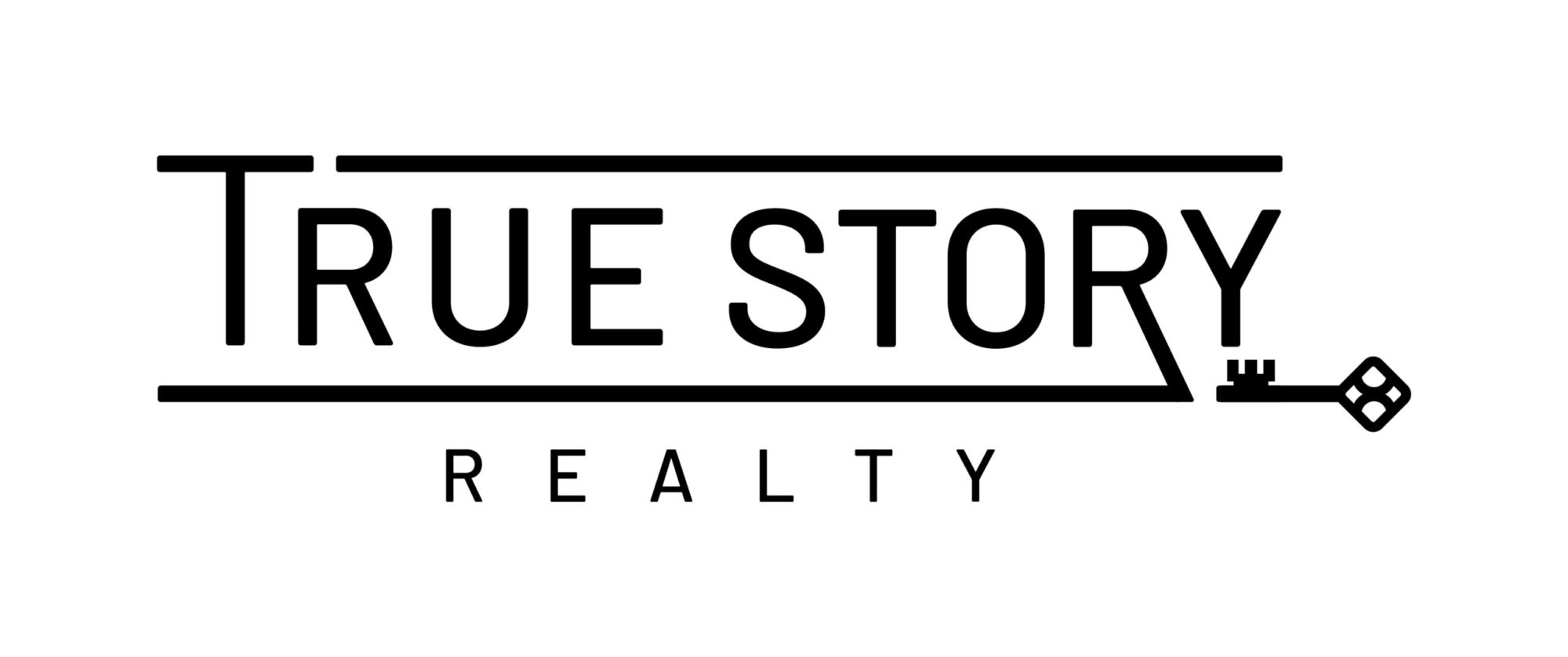Interest rates, especially mortgage interest rates, have become the stuff of headlines over the past year. Homebuyers with budgets that put them on the edge of affordability have been forced out of the market and those who are left can look forward to higher house payments than they had hoped.
If you’re new to buying a home, read on as we dive into the topic of mortgage rates and why they fluctuate so often.
The Federal Reserve
The Federal Reserve System, known as “the Fed” for short, is considered our country’s central banking system. It is, however, independent of the federal government. In essence, the Fed controls the movement of money throughout the U.S. financial system.
The Federal Reserve System is comprised of a Board of Governors and 12 Federal Reserve Banks, spread throughout the country.
The seven members of the Board of Governors, the president of the Federal Reserve Bank of New York, and four other reserve bank presidents serve on the Federal Open Market Committee (FOMC), the policy-making body that determines, among other things, the interest rate charged to commercial banks.
The FOMC controls inflation by tightening or loosening the country’s money supply. One way they do this is by raising interest rates to control inflation. When borrowing money costs more, consumers tend to shy away from taking out loans, hopefully leading to lower prices.
By the same token, lower interest rates encourage consumers to borrow and spend, which in turn boosts the economy. Overall, the fluctuations in mortgage interest rates reflect an attempt to keep a balance in the economy and to prevent inflation without bringing the economy into a recession.
Mortgage investors
The Federal Reserve is not the only player affecting mortgage rates. To create more money to lend, banks often sell their loans on the secondary market, now controlled by the federal government.
Banks and other mortgage lenders sell mortgage-backed securities to investors. The return on investment for these investors is generated by interest paid by mortgage holders on their loans. For the investors to realize a return, banks must charge a higher interest rate.
Homebuyers (mortgage loan borrowers) naturally want low-interest rates on their mortgages. This force drives interest rates back down. In addition, when investors know rates are going to drop, they purchase these securities, increasing demand and eventually sending interest rates back down. Banks must balance these two opposing forces, and the resulting push-and-pull drives mortgage interest rates.
The impact of fluctuating rates on loans in Valencia, CA
“Your mortgage rate isn’t guaranteed until it’s locked,” cautions Denny Ceizyk at LendingTree.com. And locking in your rate is critical if you hope to protect yourself from fluctuating mortgage rates.
“Even minor changes to mortgage rates can impact the amount you pay when you refinance or close on your home loan,” suggests Victoria Araj at RocketMortgage.com.
You can lock your rate anytime from loan approval to five days prior to closing on the loan. According to Araj.
“Some lenders may even lock your rate at the same time they send you the loan estimate,” she continues.
“However, your rate lock will have an expiration date, after which your interest rate will start to increase or decrease even if you haven’t completed your refinance or home purchase,” Araj warns.
While all of this may seem complicated to the average homebuyer, an awareness of what drives interest rate changes can help you know when the ideal time has arrived to apply for a loan.
We are not mortgage specialists or financial professionals so we urge you to contact either for more information about how fluctuating mortgage rates can impact your loan.







